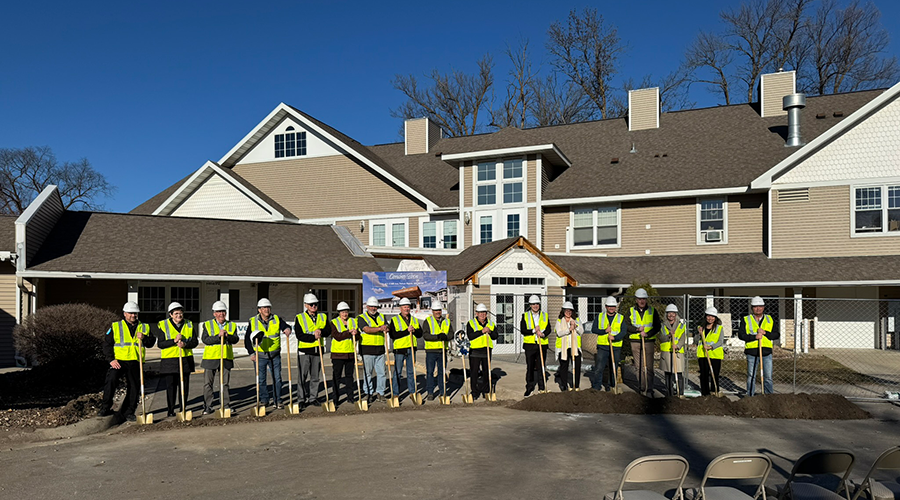There are many mechanical and utility systems within a facility, some more visible than others. However, they all share a similar trait, a limited life cycle. Since these various systems are critical to a healthcare facility’s continued functioning, it is prudent to continually assess these life cycles.
According to Bryan Haag, principal at Entech Engineering, there are two ways to conduct an assessment: systematic analysis or destructive testing. Systematic analysis is more of a “desktop” engineering evaluation where indicators are used to predict when the system needs to be replaced. Destructive testing is just like it sounds. Facility managers are destroying part of the facility to take samples.
Obviously destructive testing is much more intrusive. However, there are also non-destructive methods available, for example, ultrasonic measurements be can taken of piping wall thickness to estimate remaining life, says Haag
Haag adds that he does systematic analysis of the systems within a building by conducting interviews with the staff to better understand what they deal with on a daily basis. With that, he can ultimately assess the conditions of the mechanical, electrical and plumbing (MEP) systems.
“By condition I mean we are not predicting a failure,” says Haag. “We are not saying, for example, you have an air handling unit. It is predicted to fail in 2028. We are predicting its renewal cycle based on industry standards or information provided to us. Our professional analysis is to say when the renewal cycle is and when you should start thinking about the renewal of systems.”
Renewal of systems is when they are past their useful life, Haag says. Some indicators of when a system has reached the end of its life cycle are increased maintenance costs and failure of system components – essentially each sign would indicate these issues are becoming more prevalent. Thus, indicating a potential system failure.
Haag further stresses that these assessments are not meant to determine when a system will fail. Instead, what he and Entech Engineering do is suggest a timeframe to consider for new purchases.
“This is not a preventive maintenance program,” says Haag. “Facility staff always must do preventive maintenance. Take your car as an example, you are doing preventative maintenance all the time. Whether you are changing belts or changing oil – that system still has a life cycle. If you do not do the preventative maintenance, it has a negative effect on the life cycle.”
Haag says the renewal of MEP systems is a significant investment for healthcare facilities. Given the critical nature of these systems, the renewal process must include thorough assessments and considerations.
When determining whether to renew MEP systems, consider the following:
- What is the overall condition of the building along with the MEP systems?
- Consider replacing the building instead of renewing the MEP?
- Is it more or less expensive to build new vs. renovate?
- What type of MEP system is required to meet current or future needs?
- Is it feasible to renovate the entire building or systems or should it be done piecemeal?
“Much like veins and arteries, the MEP systems are the systems that support your patient care” says Haag. “We have seen that the strategy of renovating patient floors has a life cycle, and at some point that life cycle needs to be reset by doing a deep-seated building renovation. The types of analysis that we are talking about allows a facility to determine the life cycle of patient floor upgrades, determine when they need to do something different and determine when their strategy has reached the end of this life cycle.”
With these questions thought through and the assessments completed, a healthcare facility can move forward with the renewal process.
Jeff Wardon, Jr. is the assistant editor for the facilities market.

 AI Usage for Healthcare Facilities
AI Usage for Healthcare Facilities Ground Broken on Pelican Valley Senior Living Modernization Project
Ground Broken on Pelican Valley Senior Living Modernization Project All-Electric UCI Health – Irvine Hospital Set to Open
All-Electric UCI Health – Irvine Hospital Set to Open The Rising Strategic Value of Owner's Reps in Healthcare
The Rising Strategic Value of Owner's Reps in Healthcare Lawrence Group Designs Pair of Ignite Medical Resorts in Missouri
Lawrence Group Designs Pair of Ignite Medical Resorts in Missouri